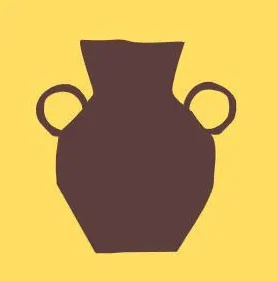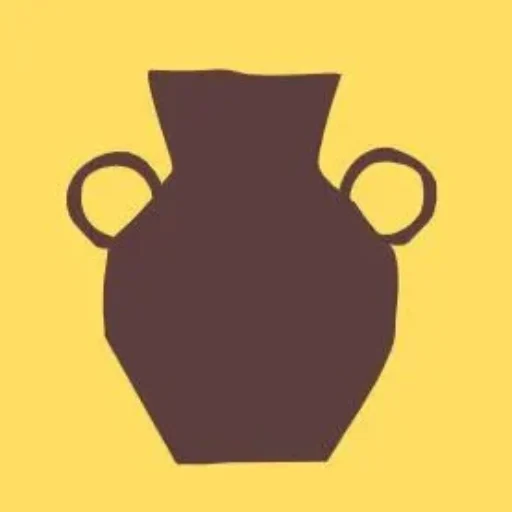Archaeology isn’t just something that happens in one country or one kind of place. It’s a global adventure. From ancient cities buried in deserts to shipwrecks under the sea, archaeology allows us to uncover human stories from every part of the world. For young learners, this global aspect is one of the most exciting parts of studying the past. Through different discoveries, we learn that although people lived in different times and places, they shared many of the same hopes, struggles, and dreams that we do today.
One of the most famous archaeological finds of all time happened in Egypt. In 1922, archaeologist Howard Carter uncovered the tomb of a young pharaoh named Tutankhamun. The tomb was filled with treasures—golden statues, chariots, jewelry, and even a famous golden mask. It was one of the best-preserved tombs ever found, and it gave us a clearer picture of how ancient Egyptians lived, what they believed, and how they honored their dead. For many students, the story of “King Tut” is their first introduction to the magic of archaeology.
In Italy, the ruins of the ancient city of Pompeii show what life was like nearly 2,000 years ago. When the volcano Mount Vesuvius erupted in the year 79 CE, the entire city was buried in ash. It was preserved just as it was at that moment—homes, artwork, roads, and even bakeries were frozen in time. Today, archaeologists have uncovered much of the city, and visitors can walk through its streets to see how people lived so long ago. It’s one of the clearest snapshots of daily life from the ancient world.
Moving to the Americas, the ancient Maya civilization built towering pyramids, advanced cities, and used a complex calendar system. In the dense jungles of Mexico and Central America, archaeologists have uncovered incredible ruins, like the temples of Chichén Itzá and the city of Tikal. These discoveries have helped historians understand Maya writing, astronomy, and cultural traditions. For kids studying ancient American civilizations, these sites make history feel real and exciting.
In China, the discovery of the Terracotta Army surprised the world. Thousands of life-sized clay soldiers, each with unique faces and armor, were found buried near the tomb of Emperor Qin Shi Huang. These figures were meant to guard the emperor in the afterlife. The discovery helped reveal the artistic skill, military structure, and beliefs of ancient China, and it continues to be studied by archaeologists today.
These discoveries, and many more around the world, show that archaeology is not just about old objects. It’s about stories—stories of people who lived, built, dreamed, and left traces behind. For students learning about the past, archaeology connects them to those stories in a way that books alone can’t. When a child hears about a golden mask in Egypt, a volcano-covered city in Italy, or a jungle pyramid in Guatemala, they don’t just memorize facts—they begin to wonder, explore, and ask questions.
That’s the beauty of archaeology around the world. No matter where the dig is happening, there’s always a chance to uncover something amazing. And who knows? One day, a curious student in today’s classroom might be the archaeologist of tomorrow, discovering the next great story buried beneath the ground.


